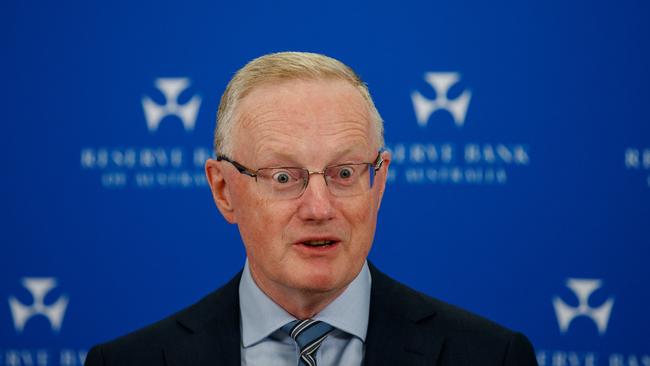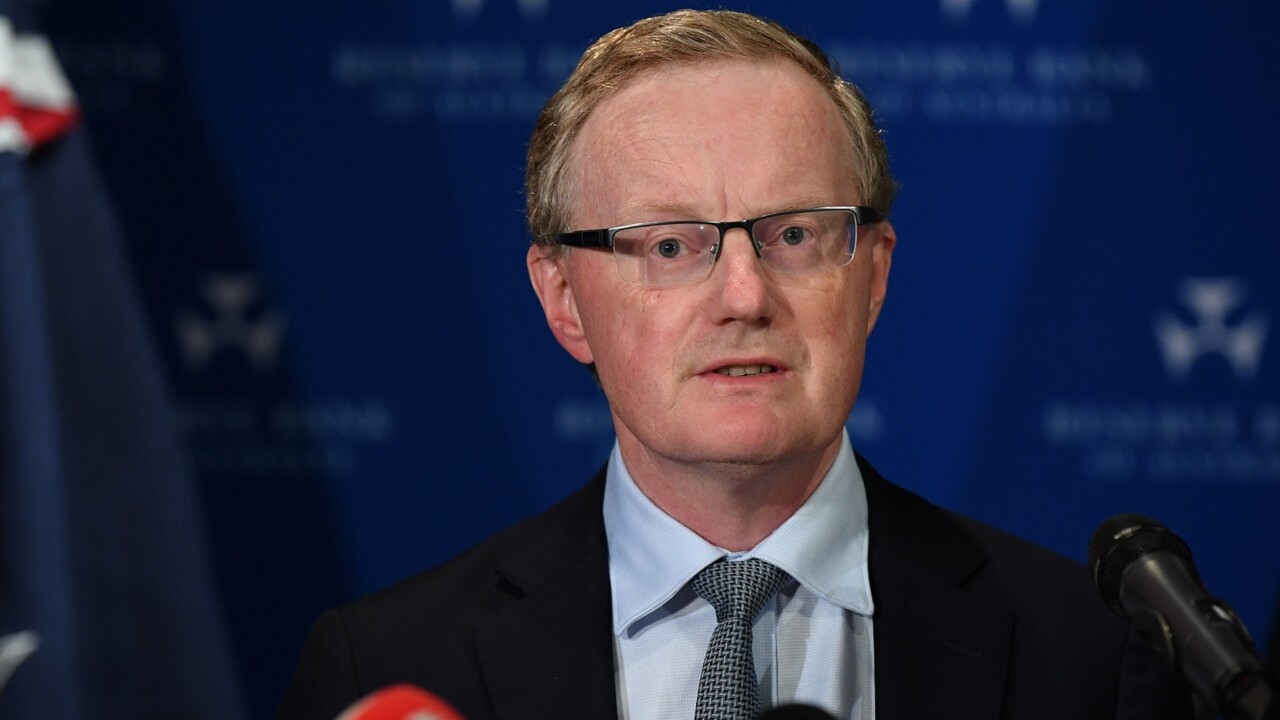Secretary’s purview risks RBA independence

Most important among the review committee’s recommendations is to contemporise the RBA’s governance. The current governance arrangements are set in the RBA Act of 1959, which requires the RBA board to consist of a governor, deputy governor, secretary to the Treasury and six other members appointed by the treasurer.

The requirement for the Treasury secretary to sit on the board predates the Great Inflation, which ran from about 1965 to 1982, and the subsequent granting of monetary policy setting independence to central banks.
But the inclusion of the government’s chief economic adviser to the RBA board raises serious questions about the RBA’s independence and conflicts of interest, both actual and perceived.
The review committee has recommended – and the government has accepted – that current RBA board functions be split into a new monetary policy board and governance board. Unexpectedly, the panel has recommended that the Treasury secretary sit on both the monetary policy and governance boards. The elephant in the RBA boardroom now will be the elephant in both the monetary policy and governance boardrooms.

The splitting of the RBA board has been described as implementing a structure similar to those that operate in Britain and Canada. This observation is unsurprising given the membership of Carolyn Wilkins, who previously was the senior deputy governor of the Bank of Canada, on the review committee.
But it’s worth noting the secretary of the Canadian Treasury doesn’t sit on the equivalent boards of the Bank of Canada. Nor does the secretary of the UK Treasury sit on the equivalent board of the Bank of England. Moreover, the US Treasury secretary does not sit on the US Federal Reserve Board, nor does the New Zealand Treasury secretary sit on the board of the Reserve Bank of New Zealand.

The review committee received several submissions highlighting this “unusual” arrangement, but notes in the report that it is confident that a Treasury secretary has not been directed in recent decades to “argue the position of the treasurer in the Reserve Bank board”.
But past performance is never a guarantee of future results. To manage this risk, the committee has recommended that the RBA Act be amended to clarify that the Treasury secretary acts on the monetary policy board in their individual capacity, not at the direction of the treasurer.
But this fails to address the full scope of the problem. The treasurer is responsible for the administration of the RBA Act and thus Treasury is responsible for oversight of the RBA. How can the Treasury effectively oversee the RBA when its secretary (essentially its chief executive) also sits on RBA boards?

The inability of the treasurer to direct the Treasury secretary in matters relating to monetary policy does not prevent the treasurer from seeking to influence the Treasury secretary. This is especially the case given the power of the treasurer to hire and fire.
The panel also has recommended a formalisation of the current RBA board nomination arrangements by recommending that the Treasury secretary be a member of the committee. This further embeds the influence of the Treasury secretary.
To be effective in the conduct of monetary policy, the RBA must be credible and independent. But the embedding of the Treasury secretary in RBA governance and monetary policy setting weakens the RBA’s independence and is inconsistent with general international practice. This arrangement will need to end.
Dimitri Burshtein is a principal at Eminence Advisory and a former government policy analyst.







At more than 280 pages, with 51 recommendations to its name, the Reserve Bank of Australia’s landmark review represents one of the most thorough examinations in its recent history. But in one important respect its recommendations are anchored in the past, and they present a fundamental risk to the institution’s independence.